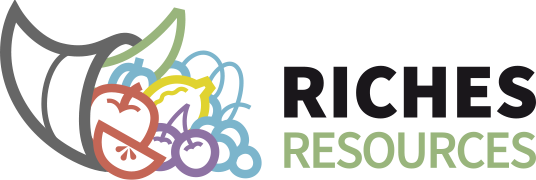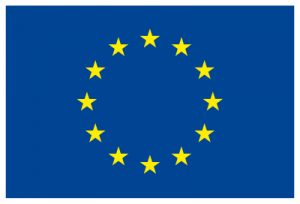‘Crowdsourcing’ refers to the mechanism and process by which an institution, an organisation or an individual solicits and uses inputs from large groups of unidentified people, via an open call for contributions issued online. Crowdsourcing applications vary in terms of the type of services solicited, the individual or collaborative nature of the contributing agents’ work process, or the incentives used to motivate contributors. For example, crowdsourcing may involve splitting a task into micro-tasks to be outsourced, but also selecting the best out of individual contributions submitted in response to a call. Individuals may be motivated to participate in crowdsourcing by material incentives, the expectation of a prize, or only for the personal satisfaction of contributing their knowledge and talent.
Crowdsourcing practices are employed in various domains, ranging from business to science and technology, to arts and culture projects. For example, crowdsourcing is used as base mechanism for advancing citizen science initiatives, where volunteers engage in scientific research activities, often in collaboration with researchers and research institutions. In recent years, crowdsourcing has been employed by Cultural Heritage institutions for outsourcing various tasks to the general public, for instance digitisation, transcription of manuscripts, and creating metadata for digital archives. This model is not only a means to increase the appeal and accessibility of collections for end users, but is also an effective way of spurring the appreciation of culture by active communities amongst the general public. At the same time, the use of crowdsourcing by museums and memory institutions opens theoretical and ideological debates with respect to the changing role of cultural institutions as knowledge guardians and safe keepers.

